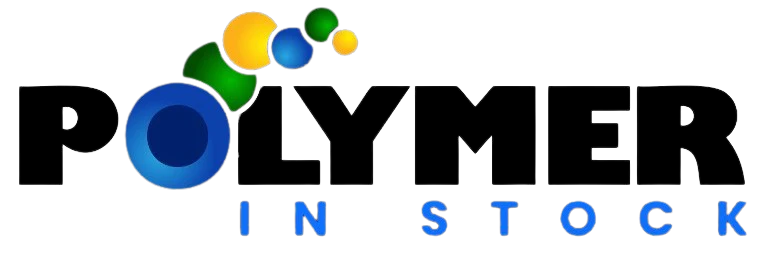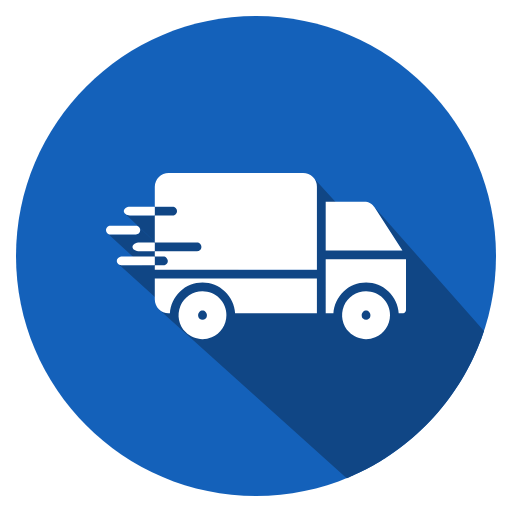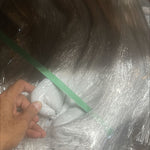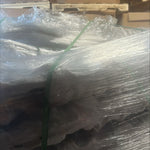Category: Plastic Waste Products
Vendor:Polymer in Stock
PET Lumps consist of post-consumer and post-industrial Polyethylene Terephthalate that has been coarsely shredded or broken into manageable chunks, typically ranging from 2-15 cm in size. This intermediate form of recycled PET offers a balance between raw bales and fine regrind, providing manufacturers with a versatile feedstock that maintains PET's excellent strength, chemical resistance, and recycling potential while offering significant cost savings over more processed forms.
Color – Transparent
Packaging – loose
Port of Loading - USA
QTY. – 25 Tones
Stock Availability – 150 MT/Month
Country of Origin: USA
Volume: Available consistent
Container loading: 20 and 40 Feet
Can export to – Any part of the world
Our Quality Assurance and Shipping Process
Material Guarantee We assure you that the material will meet the specifications of the loading pictures and the sample provided prior to shipment. Customer satisfaction and transparency are our top priorities.
Our Step-by-Step Process
- Quality Inspection:
- Before finalizing the shipment, our Quality Control (QC) team conducts a thorough inspection of the material to ensure it meets the agreed-upon standards.
- Detailed videos and pictures of the material are captured during the inspection and shared with the customer for approval.
- Container Booking:
- Once the customer approves the material, a container is booked on the next available vessel to ensure prompt delivery.
- The booking details, including the shipping schedule, are shared with the customer for tracking purposes.
- Loading and Documentation:
- The material is carefully loaded into the container.
- During loading, we document the entire process with pictures and videos, capturing essential details such as:
- Material condition
- Loading procedure
- Container and seal numbers
- These visuals, along with the draft of the Bill of Lading (BL), are shared with the customer for verification.
- BL Draft Confirmation:
- The customer reviews and confirms the BL draft.
- Based on the confirmation, the Original Bill of Lading (OBL) is issued.
- A copy of the OBL is then shared with the customer.
Key Features & Benefits
-
💰 Cost-Effective Intermediate
Offers substantial savings compared to PET flakes or pellets, reducing material costs while still providing the core properties of PET for various applications. -
🔄 Excellent Reprocessing Base
The lump form is ideal for facilities with washing and size reduction capabilities, allowing for customized processing to meet specific manufacturing requirements. -
💪 Maintained Polymer Integrity
Preserves PET's inherent properties including good tensile strength, rigidity, and chemical resistance even in unprocessed form. -
🌱 Sustainable Raw Material
Supports circular economy initiatives by diverting PET waste from landfills and reducing reliance on virgin petroleum-based materials. -
📦 Efficient Transportation
More compact and easier to handle than loose bottles or containers, yet less processed than flakes, offering logistical advantages. -
🎨 Versatile Color Options
Available in mixed colors or can be sourced as pre-sorted clear, blue, green, or custom color streams for specific application needs.
📊 Technical Specifications
| Property | Value / Description |
|---|---|
| Material Type | Recycled Polyethylene Terephthalate (PET) |
| Form | Irregular Chunks & Lumps (2-15 cm) |
| Color Availability | Mixed Colors, Clear, Blue, Green, or Custom |
| Bulk Density | 180-250 kg/m³ |
| Moisture Content | < 3% (as supplied) |
| Contamination Level | < 5% (labels, caps, other materials) |
| Source | Post-consumer bottles & post-industrial scrap |
🏭 Applications
After proper washing and processing, PET Lumps are used in manufacturing:
-
✅ Staple Fiber – Carpet yarns, fiberfill, and non-woven fabrics
-
✅ Strapping & Packaging – Industrial strapping and packaging materials
-
✅ Sheet & Film – Thermoformed sheets for packaging and displays
-
✅ Injection Molded Products – Industrial parts and non-food containers
-
✅ Construction Materials – Plastic lumber, panels, and building products
-
✅ Chemical Intermediate – Raw material for chemical recycling processes
♻️ Processing Requirements
-
Size Reduction: Further shredding or grinding typically required
-
Washing: Hot caustic washing essential to remove contaminants and labels
-
Separation: Sink-float systems for removing PVC, PP, and PE contaminants
-
Drying: Centrifugal and hot air drying to achieve <0.5% moisture
-
Pelletizing: Extrusion into uniform pellets for manufacturing use
-
Filtration: Melt filtration recommended for impurity removal
RECENTLY VIEWED PRODUCTS



 +971 509205838
+971 509205838
















